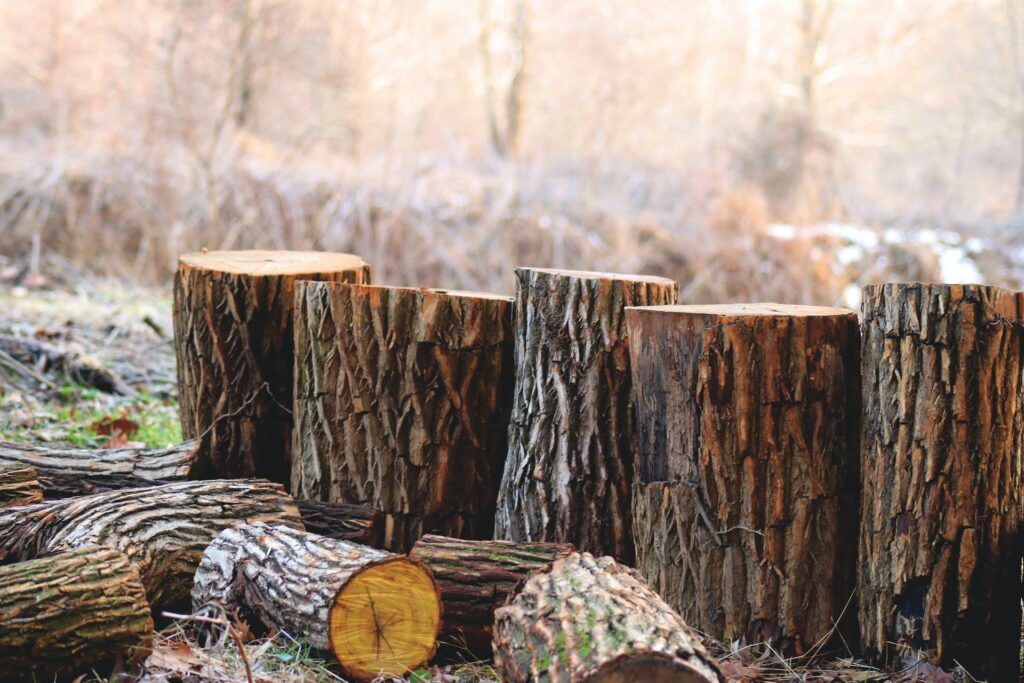Maintaining healthy trees on your property not only enhances the aesthetics of your landscape but also contributes to environmental sustainability. However, trees can succumb to various diseases, pests, and environmental stressors, leading to decline and potential hazards. Knowing how to assess the health of your trees is essential for determining whether removal is necessary to prevent safety risks or to preserve the vitality of your landscape. In this guide, we’ll explore key steps and indicators to help you evaluate your trees’ health effectively.

Regular Inspection
Conducting regular inspections of your trees is the first step in assessing their health. Walk around your property and closely observe each tree, looking for any signs of distress, disease, or structural issues. Pay attention to changes in foliage, bark, and overall tree structure.
Foliage Examination
The foliage of a tree provides valuable clues about its health. Healthy trees have vibrant, green leaves that are evenly distributed throughout the canopy. Look for abnormal leaf discoloration, wilting, or premature leaf drop, which could indicate underlying issues such as nutrient deficiencies, pests, or diseases.
Bark Inspection
The bark serves as a protective layer for the tree, and changes in its appearance can signal health problems. Healthy bark is typically smooth, with consistent coloration. However, cracks, lesions, or peeling bark may indicate disease or pest infestations. Additionally, fungal growths or cankers on the bark are red flags that warrant further investigation.
Branch Structure
Assessing the structure of tree branches is crucial for identifying potential hazards. Look for dead or broken branches, as well as signs of weak attachment points where branches meet the trunk. These structural defects increase the risk of limb failure, especially during storms or high winds, posing safety hazards to people and property.
Root Health
While root health is not directly visible, observing above-ground symptoms can provide insights into the condition of a tree’s root system. Signs of root problems include stunted growth, leaning or tilting of the tree, and soil heaving or upheaval near the base of the trunk. In some cases, excavating soil around the base of the tree may be necessary to inspect the roots more closely.
Assessing Vitality
Assessing the overall vitality of a tree involves considering its growth rate, vigor, and resilience to stressors. Healthy trees exhibit vigorous growth, with well-developed branches and a full canopy. Conversely, slow growth, sparse foliage, and repeated instances of stress (such as leaf scorch or dieback) suggest underlying health issues that may necessitate removal.
Diagnostic Tools and Resources
In some cases, diagnosing tree health issues may require professional expertise or specialized diagnostic tools. Consulting with a certified arborist or tree care professional can provide valuable insights and recommendations based on thorough assessments, soil tests, or laboratory analyses. Additionally, online resources and extension services offered by universities can offer guidance on identifying and managing tree health problems.
Consideration of Risk Factors
When determining whether tree removal is necessary, consider the potential risks associated with retaining a compromised tree. Trees located near structures, power lines, or high-traffic areas pose greater risks if they were to fail or collapse. Assessing the likelihood of failure and the potential consequences can help prioritize tree removal decisions.
Preservation Strategies
In some cases, proactive measures such as pruning, fertilization, or pest management treatments may help improve the health and vitality of a tree, potentially avoiding the need for removal. Consulting with a qualified arborist can help develop a tailored management plan to address specific issues and promote tree longevity.
Environmental Impact
Before proceeding with tree removal, consider the ecological value of the tree and its contribution to the local ecosystem. Mature trees provide habitat for wildlife, improve air quality, and mitigate climate change by sequestering carbon. Whenever possible, explore alternatives to removal, such as selective pruning or replanting with native species, to minimize environmental impacts.
In conclusion, assessing the health of your trees is a critical aspect of responsible tree care and property management. By closely monitoring your trees for signs of distress, understanding key indicators of health and vitality, and seeking professional guidance when needed, you can make informed decisions about whether removal is necessary to ensure safety or preserve the health of your landscape. Prioritizing tree health not only enhances the beauty of your property but also contributes to the overall well-being of the environment.